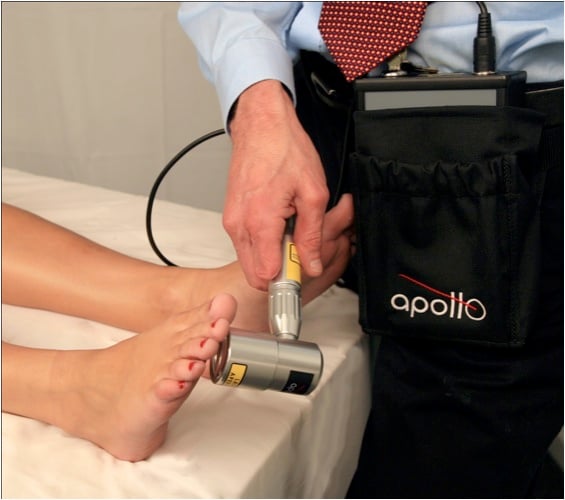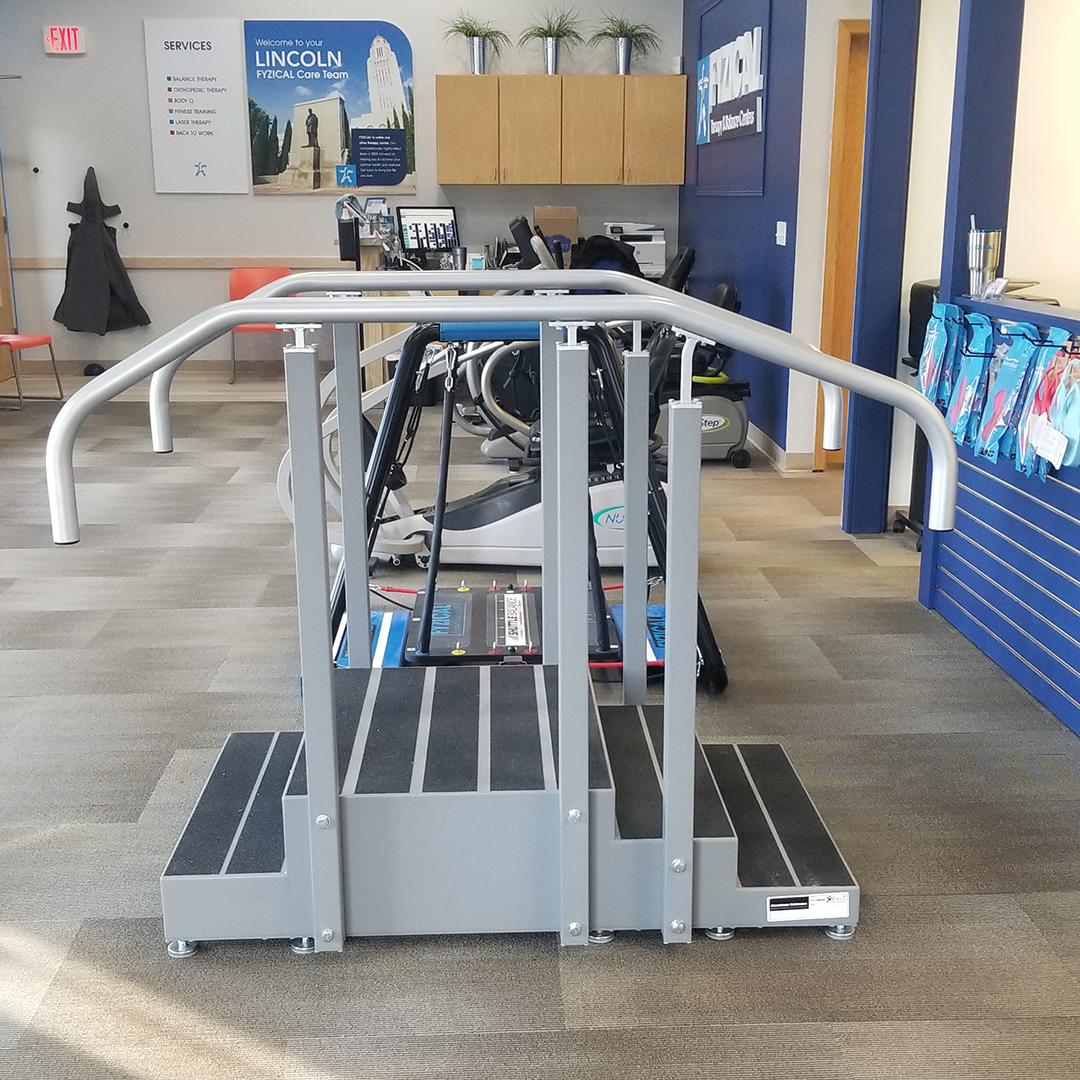Adults 50 and older who undergo total knee arthroplasty (TKA) may never fully achieve the same function as older adults without knee pain, but a progressive strengthening exercise program may bring them closer to those levels than would the variable approaches considered "standard-of-care," according to authors of a recent study.
This article was originally written and published by PT in Motion News on apta.org on June 18, 2018. The original article can be found here.
|
via Shutterstock |
The study compared self-reported function and test performance for 3 groups: 88 adults aged 50 and older without knee or joint pain (and no TKA); 40 adults aged 50 and older who underwent TKA and participated in "standard-of-care" rehabilitation; and 165 adults aged 50 and over who underwent TKA and participated in what authors describe as an outpatient clinic program that "included progressive strengthening exercises that targeted muscle groups in the lower extremity." Results were published in Physiotherapy Theory and Practice (abstract only available for free).
The strengthening program was conducted at a University of Delaware physical therapy clinic beginning 3 weeks after TKA, and consisted of at least 12 outpatient visits 2–3 times a week. The visits themselves focused on strengthening exercises that were progressively adjusted to maintain maximal effort for 3 sets of 10 repetitions for all exercises. The "standard of care" group participated in outpatient rehabilitation elsewhere for an average of 23 sessions that mostly focused on range of motion (ROM), stationary cycling, and "various straight-leg raising exercises without weights," according to the study's authors.
Both TKA groups were evaluated 12 months after surgery by way of 7 measures:
|
|
Researchers then compared these groups with each other, as well as with results from the 88 older adults who had no history of knee pain (control group). Authors of the study were especially interested in finding out how many participants in each TKA group achieved scores at the lowest bounds of the control group. Here's what they found:
- The control group consistently reported higher KOS-ADL scores, greater active knee ROM, greater strength, and better performance on TUG, SCT, and 6MW than either TKA group—a result that authors say is consistent with past research showing that function post-TKA hardly ever reaches the levels of age-matched individuals without joint pathology.
- Compared with the standard-of-care group, a higher percentage of strengthening group participants achieved scores at or above the lower-boundary control group cutoff in knee extension ROM (30% in the strengthening group versus 15% in the standard-of-care group), quadriceps strength (18% vs 5%), and SCT (34% vs 18%). No significant differences were found in KOS-ADL scores, knee flexion ROM, TUG, and 6MW.
- Compared with the standard-of-care group, participants in the strengthening group were twice as likely to achieve performance above the lower-boundary cutoff for knee extension angle and SCT, and 4 times as likely as the standard-of-care participants to outperform the cutoff for quadriceps strength.
- Overall, 67% of the strengthening group achieved an above-cutoff score in at least 1 of the 7 variables measured, compared with 47.5% of participants in the standard-of-care group.

"A greater proportion of patients who participated in the progressive strengthening protocol achieved what could be considered normal clinical and functional scores," authors write.
"A greater proportion of patients who participated in the progressive strengthening protocol achieved what could be considered normal clinical and functional scores," authors write. "This suggests that although clinicians cannot expect TKA to restore normative function for all individuals, participating in a progressive strengthening protocol may improve the likelihood of achieving normal age-matched outcomes for a subset of patients."
Aside from their lack of focus on strengthening, "standard of care" approaches also may be less effective because often they are anything but "standard," according to authors.
"The lack of consensus between therapists and surgeons on the optimal timing and amount of rehabilitation, and substantial variability in timing, amount, and exercise content of rehabilitation services, may potentially have important negative effects on postsurgical outcomes," they write. "Failure to restore function by 12 months after TKA may be deleterious, as outcome measures plateau around 12 months following TKA, and no meaningful gains have been observed with longer-term follow ups."
Authors acknowledge several limitations of their study, including a smaller number of participants in the standard-of-care group, and the fact that both TKA groups were heavier than the control group.
APTA members Federico Pozzi, PT, MA, PhD; Daniel K. White, PT, ScD, MSc; Lynn Snyder-Mackler, PT, ScD FAPTA; and Joseph A. Zeni, PT, PhD, were among the coauthors of the study.
Research-related stories featured in PT in Motion News are intended to highlight a topic of interest only and do not constitute an endorsement by APTA. For synthesized research and evidence-based practice information, visit the association's PTNow website.





